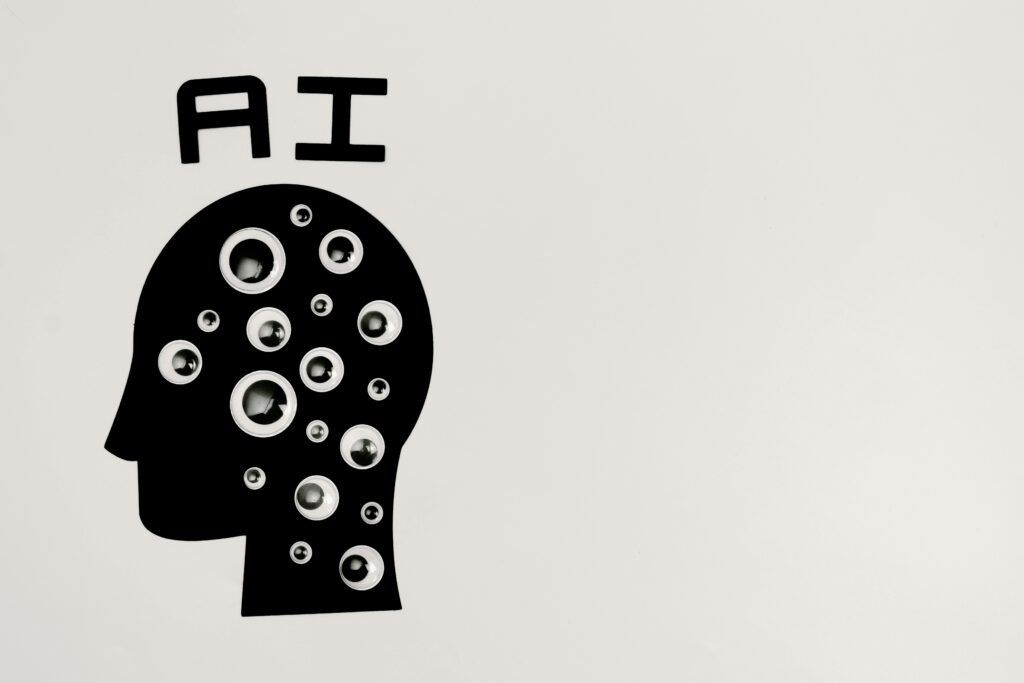
We live in a world that is technologically advancing rapidly. The major development of 21st century is the rapid rise of artificial intelligence.
there are many subfields of artificial intelligence at the moment including machine learning, deep learning, computer vision etc. during recent years there was another subfield of AI that emerged specially with recent developments. This is called Large Language Models (LLMs).
Large Language Models (LLMs):
LLMs are artificially designed systems that are built to train on large amounts of data to understand and generate natural human language or other types of content to automate various tasks. The most popular use case of LLMs is Open AI ‘s Chat-GPT.
LLMs are a class of foundation models, which are trained on enormous amounts of data to provide the foundational capabilities needed to drive multiple use cases and applications, as well as resolve a multitude of tasks. This is in stark contrast to the idea of building and training domain specific models for each of these use cases individually, which is prohibitive under many criteria (most importantly cost and infrastructure), stifles synergies and can even lead to inferior performance.
In simple terms, A LLM is a language model that is known for its substantial scale, enabling the integration of billions of parameters to build intricate artificial neural networks. These networks harness the potential of advanced AI algorithms, employing deep learning methodologies and drawing insights from extensive datasets for the tasks of assessment, normalization, content generation, and precise prediction.
History of modern LLMs dates back to cold war era. In 1966, the MIT introduced a language model called ELIZA. The developments of modern LLMs started with the introduction of deep learning and neural networks.
Modern LLMs are working as back bones of Natural Language Processing (NLP). They empower users to input queries in natural language, prompting the generation of coherent and relevant responses.
Difference between LLMs and Gen AI:
LLMs and Gen AI both are major subfields of modern Artificial Intelligence. But they are not the same topic. LLMs are more like technological tools while Generative AI is something we want achieve. We can use LLMs to build more advanced Gen AI methods.
Key Components of LLMs:
there are several key components that are being used to build modern LLMs.
Transformers:
Generally the modern LLMs are built on the top of Transformer architectures. This helps to build more advanced NLP applications. These architectures enable the model to process input text in parallel, making them highly efficient for large-scale language tasks.
Training Data:
LLMs are built on massive trained text-based data that serves as the backbone of application. This data comprises internet text, books, articles, and other textual sources, spanning multiple languages and domains.
pre processing & Tokenization:
Text data is tokenized, segmented into discrete units such as words or subword pieces, and transformed into numerical embeddings that the model can work with. Tokenization is a critical step for understanding language context.
Attention mechanism:
LLMs leverage attention mechanisms to assign varying levels of importance to different parts of a sentence or text. This allows them to capture contextual information effectively and understand the relationships between words.
Parameter tuning:
Fine-tuning the model’s hyperparameters, including the number of layers, hidden units, dropout rates, and learning rates, is a critical aspect of optimizing an LLM for specific tasks.
How LLMs work:
The technology behind the LLMs is deep learning and neural networks. They use Deep learning methods to analyse vast amount of text-based data. This input data sets are typically in Transformer architectures which excels at handling sequential data like text input. LLMs consist of multiple layers of neural networks, each with parameters that can be fine-tuned during training, which are enhanced further by a numerous layer known as the attention mechanism, which dials in on specific parts of data sets.
During the training process, these models learn to predict the next word in a sentence based on the context provided by the preceding words. The model does this through attributing a probability score to the recurrence of words that have been tokenized— broken down into smaller sequences of characters. These tokens are then transformed into embeddings, which are numeric representations of this context.
To ensure accuracy, this process involves training the LLM on a massive corpora of text (in the billions of pages), allowing it to learn grammar, semantics and conceptual relationships through zero-shot and self-supervised learning. Once trained on this training data, LLMs can generate text by autonomously predicting the next word based on the input they receive, and drawing on the patterns and knowledge they’ve acquired. The result is coherent and contextually relevant language generation that can be harnessed for a wide range of NLU and content generation tasks.
the process can be divided into following parts.
input encoding:
LLMs receive a sequence of tokens (words or sub word units) as input, which are converted into numerical embeddings using pre-trained embeddings.
contextual understanding:
The model utilizes multiple layers of neural networks, usually based on the transformer architecture, to decipher the contextual relationships between the tokens in the input sequence. Attention mechanisms within these layers help the model weigh the importance of different words, ensuring a deep understanding of context.
Text Generation:
Once it comprehends the input context, the LLM generates text by predicting the most probable next word or token based on the learned patterns. This process is iteratively repeated to produce coherent and contextually relevant text.
Training:
LLMs are trained on massive datasets, and during this process, their internal parameters are adjusted iteratively through backpropagation. The objective is to minimize the difference between the model’s predictions and the actual text data in the training set.
Modern applications of LLMs:
There are many use cases of LLMs in modern world including:
- Programming
- Content (image, video, text) generation
- content summarization
- Language Translation
- Information retreival
- Sentimental analyse
- Conversational Chatbots
